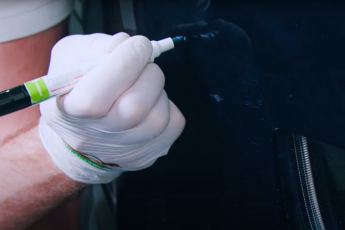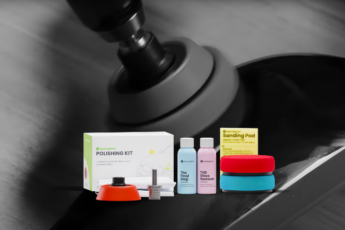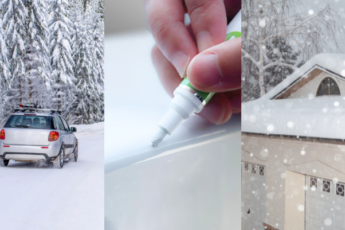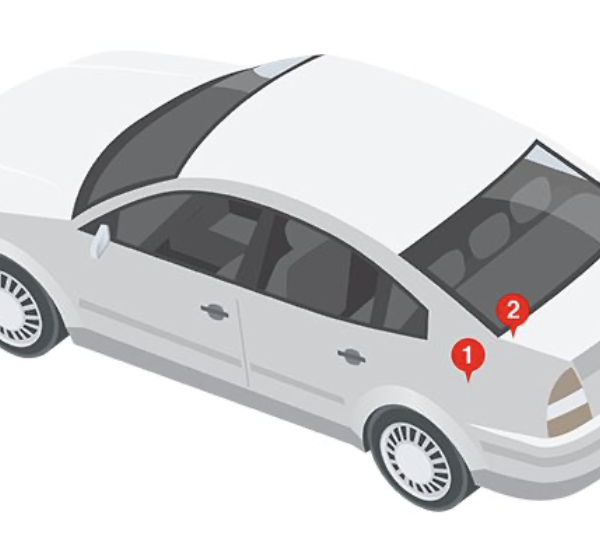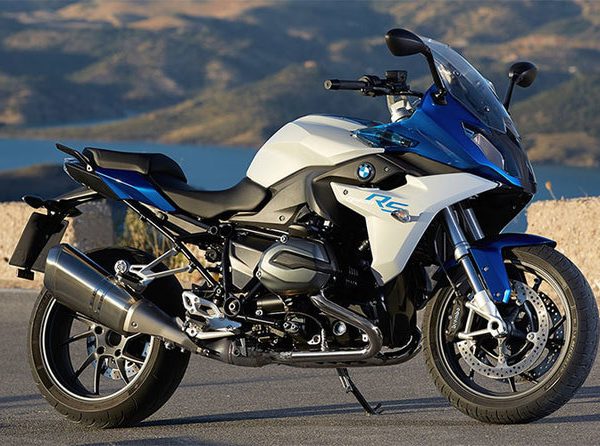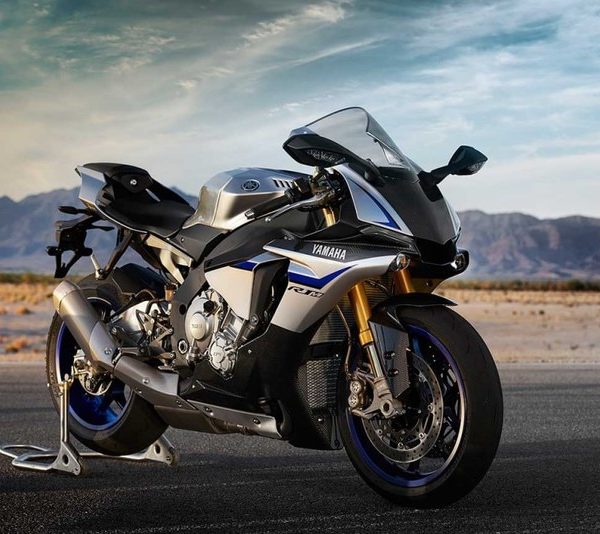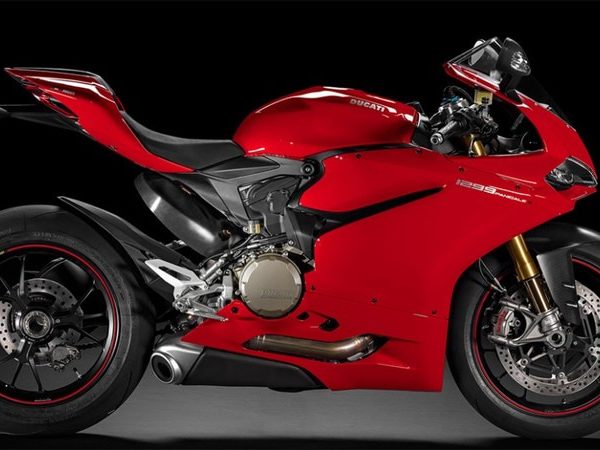The Best Time of Year to Paint or Touch Up Your Car: A Complete Guide
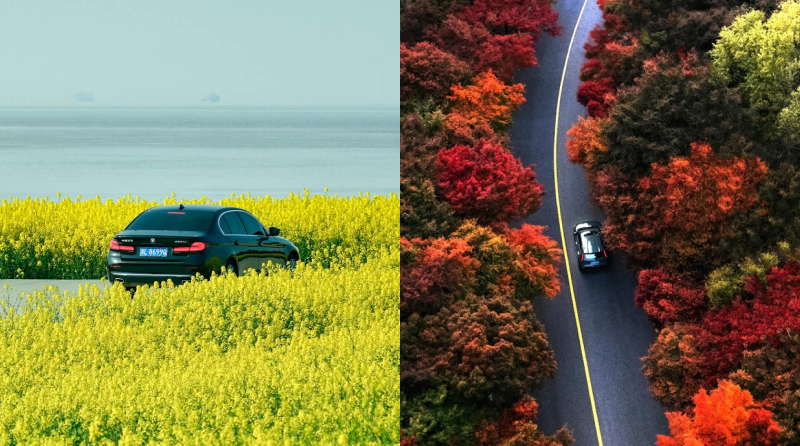
Did you know that the timing of your paint job matters? From re-painting large panels and accessories to touching up small chips and scratches, the time of year you choose can greatly impact the quality and durability of your paint job. Today, we’re going to explore the best seasons to paint or touch up your vehicle, ensuring a long-lasting finish that will make your car look as good as new.
Why Timing Matters When Painting Your Car
The ideal weather conditions play a crucial role in the painting process. Factors such as temperature, humidity, and even sunlight can affect how the paint adheres to your vehicle’s surface. Too hot or too cold, and the paint might not cure properly. So, knowing when to paint your car is key to achieving a high-quality, long-lasting finish.
Spring (March to May) – Ideal for Car Painting
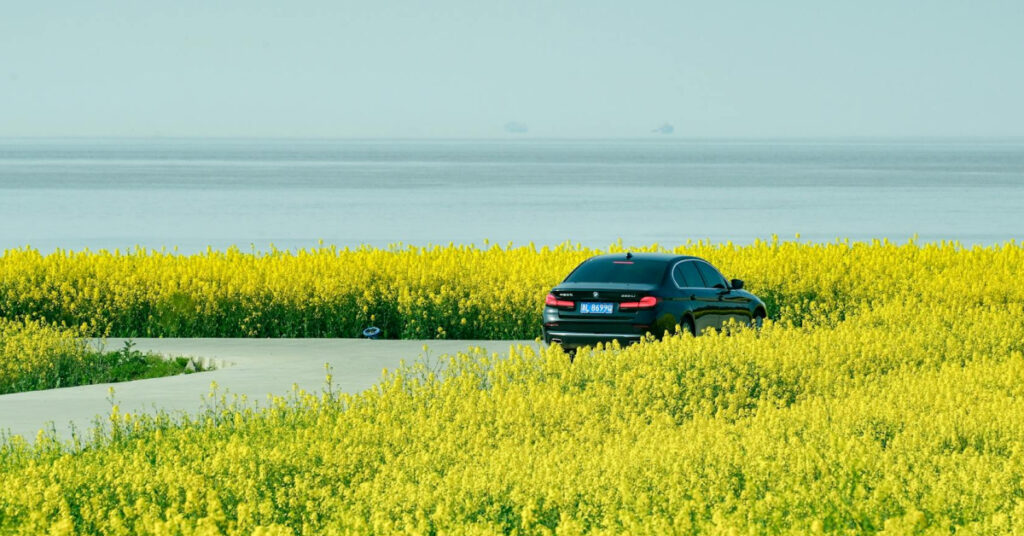
Spring is often considered the best season for car painting, especially if you live in areas that experience mild weather. During spring, temperatures are typically moderate, ranging between 60°F and 75°F (15°C to 24°C), which creates an ideal environment for the paint to adhere properly. Additionally, lower humidity levels prevent the paint from drying too quickly or forming unwanted bubbles.
The mild weather of spring also means less chance of unpredictable weather events like snow or rain, which could interfere with the paint job and lead to a subpar finish. The dry, sunny days of spring allow for a smooth application and proper curing time, ensuring your paint job will last for years.
Fall (September to November) – Another Great Option
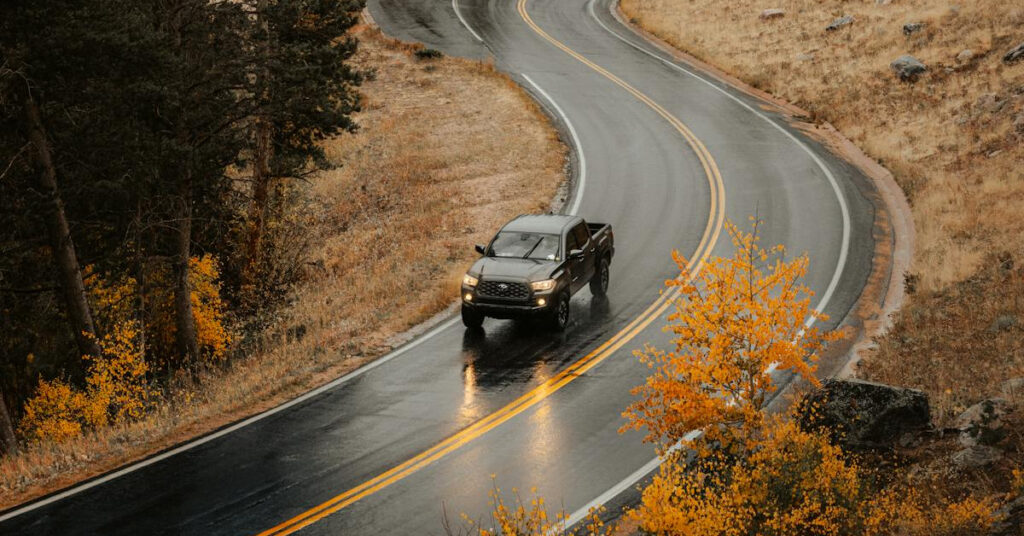
Fall is another excellent time to paint or touch up your car. Similar to spring, fall offers moderate temperatures that are ideal for car painting. With temperatures ranging between 55°F and 70°F (13°C to 21°C), the conditions are perfect for both full paint jobs and touch ups.
The added benefit of fall is the reduced humidity, which minimizes the chances of imperfections like streaks or uneven paint. In regions where summers are hot, fall might even be the more comfortable option, as the weather cools down after the heat of summer.
Why You Should Avoid Summer and Winter for Car Paint Jobs
While both summer and winter offer some perks, they are generally not the best times for painting your car.
Summer (June to August) – Too Hot for Perfect Results & How To Touch Up Anyway
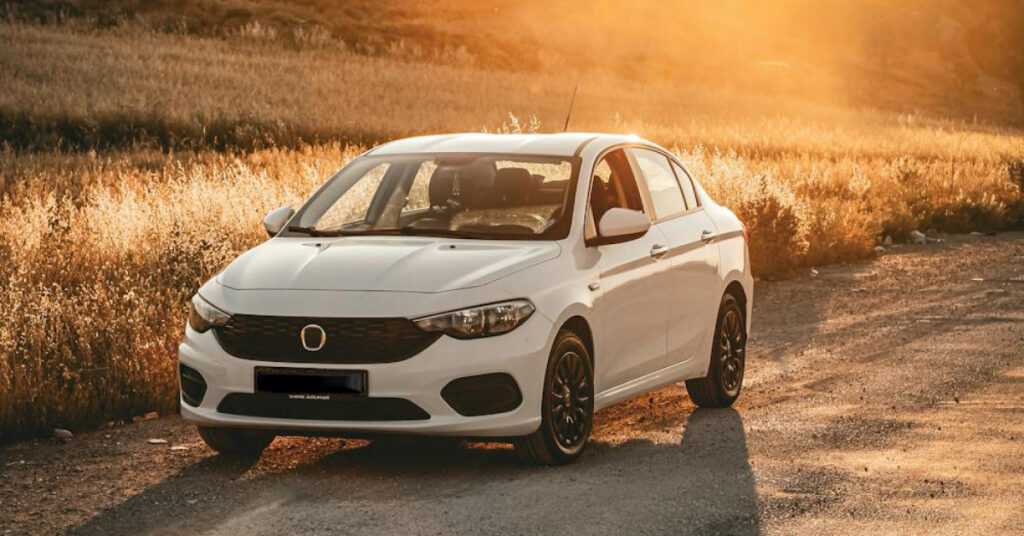
During the summer months, temperatures often soar above 85°F (29°C), which can lead to several problems for your car paint job. High heat can cause the paint to dry too quickly, which may result in uneven application, paint runs, or a less durable finish. Additionally, intense sunlight can cause the paint to cure too fast, leading to cracking or fading before it has a chance to properly bond with the vehicle. But what do you do if you absolutely have to paint in the summer?
While summer isn’t the ideal season for painting your car due to high temperatures, it’s still possible to get good results with the right precautions. To prevent the paint from drying too quickly and causing streaks or uneven coverage, try to apply the paint during the cooler parts of the day—early mornings or late evenings. If possible, choose a shaded area to work in, away from direct sunlight, to prevent the paint from curing too fast. Be sure to keep the car’s surface cool by using a wet cloth or car cover if it has been exposed to the sun for long periods. Additionally, avoid painting during periods of high humidity, as it can lead to imperfections in the finish. Lastly, make sure to allow sufficient drying time between coats to ensure proper adhesion and a smooth, lasting finish.
Winter (December to February) – Too Cold for Optimal Curing & Finding a Warm Space to Paint
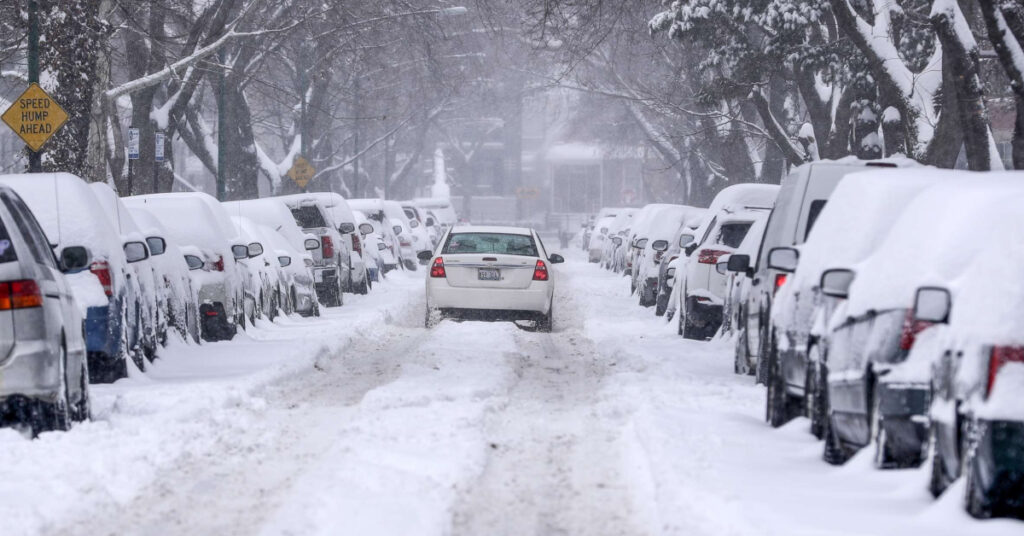
Winter is generally the worst season to paint your car. Cold temperatures below 50°F (10°C) can make it nearly impossible for the paint to cure correctly. The paint needs to dry at a certain rate to ensure a smooth, durable finish. In cold weather, the paint may not adhere properly, leading to chipping, peeling, and premature fading. Additionally, snow, rain, and ice can create moisture issues that interfere with the paint job, causing imperfections in the final result.
While painting in the winter is tricky, it’s not impossible with the right approach. First, ensure that the temperature is above 50°F (10°C) in your workspace to allow the paint to cure properly. Since outdoor conditions can be too cold, it’s best to work in a garage or heated space to control the environment. If you don’t have access to a heated garage, consider using a space heater to raise the temperature in the area where you’re working. Also, avoid painting if there’s snow or high humidity, as these conditions can cause paint to bubble or create imperfections. Ensure your car is thoroughly dry before applying paint to avoid trapping moisture under the layers. Lastly, allow extra time for drying between coats and be patient with the curing process, as cold weather can slow it down.
Considerations for Touch Ups and Small Paint Jobs
If you’re not planning a full re-spray but simply want to touch up a few areas of your car, the same timing rules apply. For best results, tackle touch ups during mild weather, avoiding the extremes of summer and winter. Make sure the car surface is clean and dry before applying the paint and give each layer ample time to dry before adding another coat.
If you’re planning to touch up small scratches or chips, a DIY paint kit can work, but be sure to follow the manufacturer’s instructions and avoid applying paint in harsh conditions.
How to Prepare Your Car for a Paint Job
Regardless of the season, there are some general tips to ensure your car is ready for a fresh coat of paint:
- Clean Your Car Thoroughly: Make sure your vehicle is free from dirt, rust, and old paint before applying new paint. This helps the paint bond properly.
- Choose the Right Location: Find a shaded, well-ventilated area, free of dust and insects, to apply the paint. A garage is ideal, but avoid painting in direct sunlight.
- Consider Professional Help: While DIY touch ups are great for small fixes, a full paint job should be done by a professional to ensure the best results.
The best time of year to paint or touch up your car is during the spring and fall, when the weather is mild, and the temperature and humidity are ideal for paint application. Avoid painting in the extreme heat of summer or the cold of winter to prevent issues with paint adhesion, curing, and finish quality. By following these guidelines, you can ensure your car’s paint job looks great and lasts for years to come.

 Cart
Cart
 Help Desk
Help Desk
